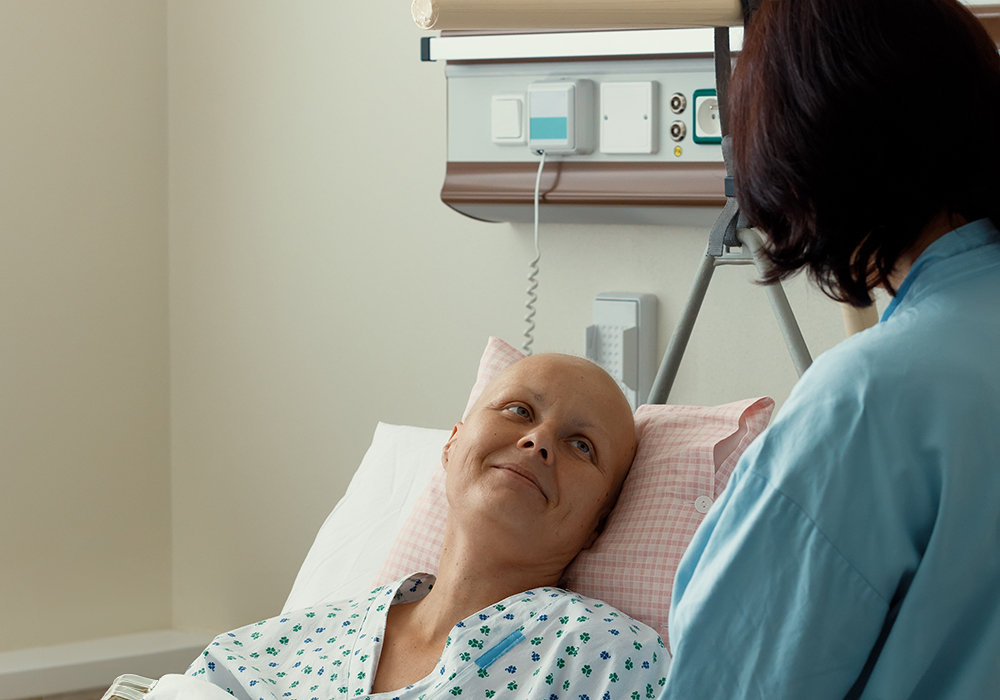
As reported to Chris Pirschel by Ethan Basch, MD, MSc
Patients know their own experiences best. Evidence has shown that providers are unaware of about half of patients’ symptoms during cancer care. When patients directly report their symptoms using online questionnaires, it can help close this gap in communication. Bringing the patient voice into practice using patient-reported outcomes (PROs) can not only make us aware of their symptoms—enabling earlier interventions—but can also make care delivery more patient-centered.
At the annual American Society of Clinical Oncology meeting in June 2017, colleagues and I presented results of a randomized controlled trial comparing a PRO intervention versus usual care. Patients with metastatic cancers who were receiving chemotherapy who were assigned to the PRO intervention were given access to an online system to report 12 common symptoms weekly from home and at clinic visits via tablet computers. Whenever a severe or worsening symptom was reported, a patient’s oncology nurse received an email alert. Upon each patient’s visit to the clinic, a full longitudinal symptom report was generated for oncologists and nurses to review.
We found that most patients were willing to self-report their symptoms at any given time, and oncology nurses responded to most alerts by counseling patients and providing supportive medications. Compared to usual care, 31% of patients in the self-reporting group experienced significantly better quality of life. Emergency department visits reduced a statistically significant 7%, and patients tolerated chemotherapy for an additional two months on average—likely because their symptoms were caught early before worsening.
These factors may account for the most striking finding: compared to traditional care, patients in the self-reporting portion of the trial had a five-month increase in median overall survival. We also found that 8% more patients were alive at the five-year mark in the self-reporting group compared to those who received usual care.
Although the idea of collecting symptoms directly from patients is a simple one, implementing it in practice is complex. There are two main barriers: electronic health record systems and current symptom management workflow. To successfully implement a PRO program, both issues must be addressed. Numerous logistical decisions must be made, such as which symptoms to collect and what system to use for data collection (such as patient portal, web, or paper). Moreover, it is important to designate from where PROs should be reported—from home, in-clinic, or both—and we need to understand how these data should be conveyed to clinicians.
The International Society for Quality of Life has a useful guide with advice about how to address each of these areas. Because the decisions span the continuum of care and require modifications to information systems and workflow, interdisciplinary collaboration between oncology nurses, physicians, and administrators is necessary for a successful implementation.
Ethan Basch, MD, MSc, is the director of cancer outcomes research at the University of North Carolina’s Lineberger Comprehensive Cancer Center in Chapel Hill.





